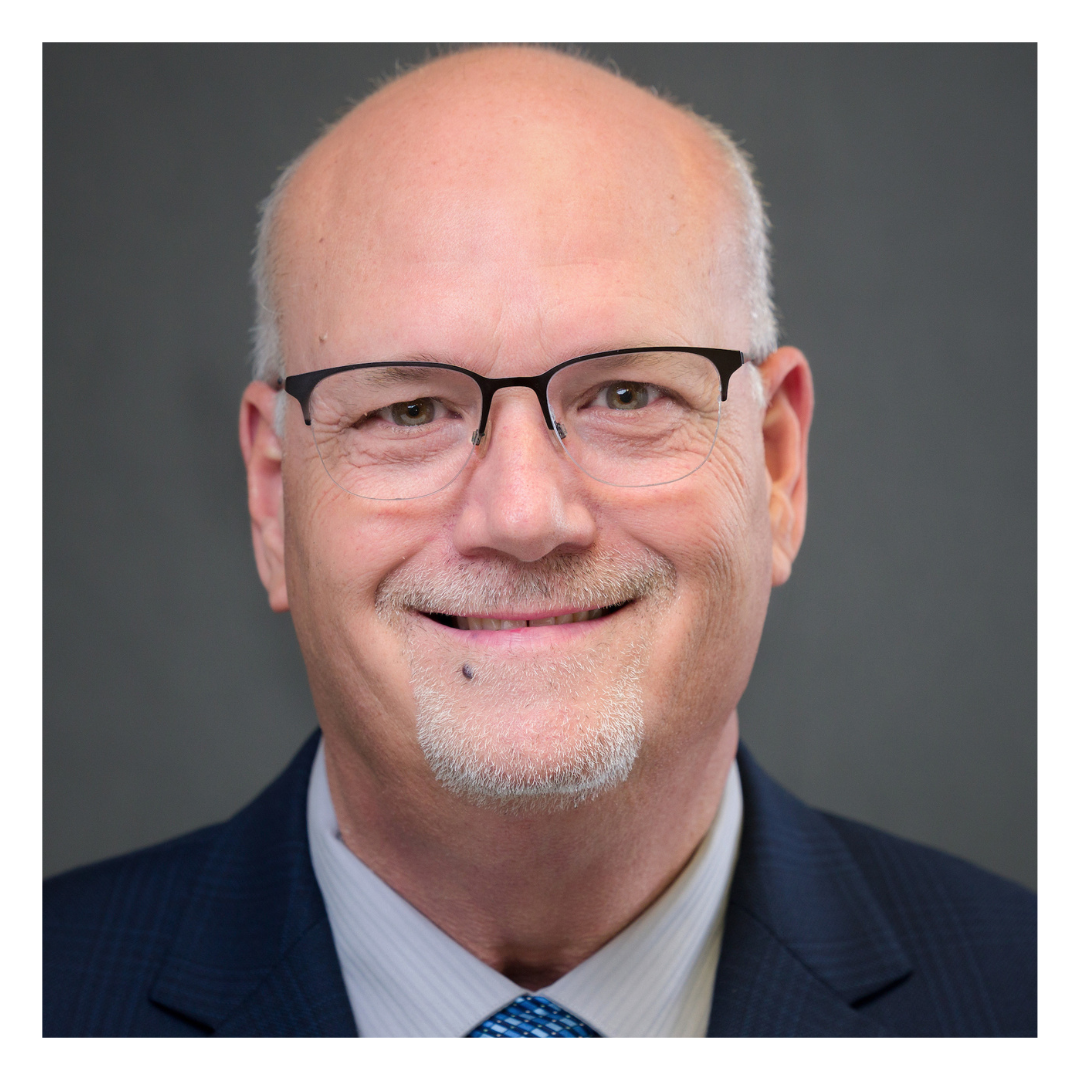Academy News: Audiology 7/22/25
How to be a Hear-O:
Leveraging interdisciplinary partnerships to improve hearing healthcare
by Sarah A. Sydlowski, AuD, PhD, MBA, FNAP
Cleveland Clinic
If you live long enough, there is a nearly 100% chance that you will live with some degree of hearing loss. You probably already know and interact on a regular basis with someone who has hearing loss. Hearing loss is the third most common chronic health condition among older adults, currently affecting nearly 40 million people1. Even more concerning, approximately 29 million are untreated – living with a condition they believe is just a “normal” consequence of aging. Yes, hearing loss in older adults is common. But that fact doesn’t mean that it should not be managed.

 The National Academies of Practice (NAP) is pleased to announce Anthony Breitbach PhD, ATC, FASAHP, FNAP as its new President. Dr. Breitbach, a distinguished educator and leader in interprofessional education (IPE) and collaborative practice, brings a wealth of experience and a profound commitment to advancing healthcare through interprofessional collaboration.
The National Academies of Practice (NAP) is pleased to announce Anthony Breitbach PhD, ATC, FASAHP, FNAP as its new President. Dr. Breitbach, a distinguished educator and leader in interprofessional education (IPE) and collaborative practice, brings a wealth of experience and a profound commitment to advancing healthcare through interprofessional collaboration.